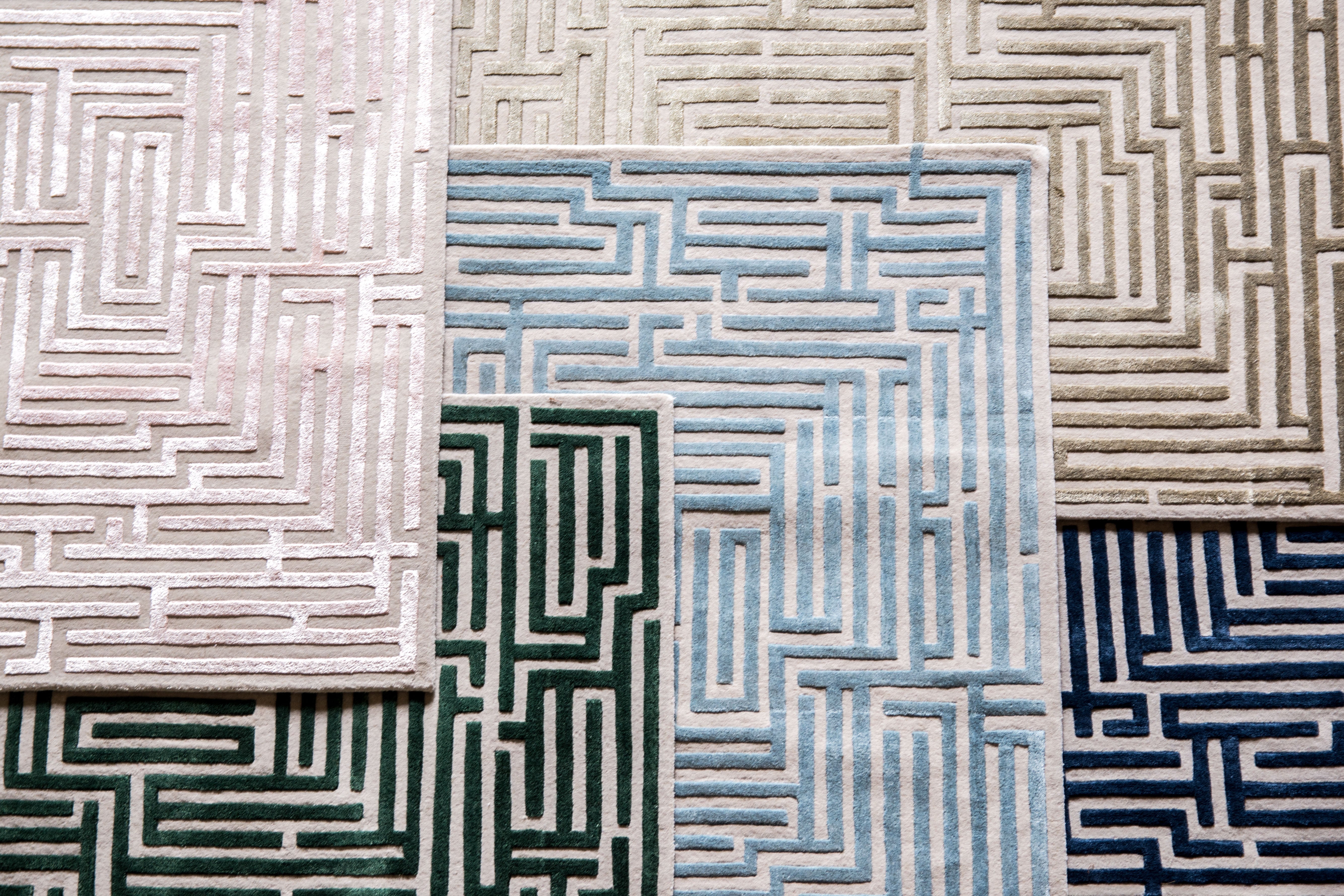6 Signs That Your Roof is in Need of Immediate Replacement
Your home's roof is its first line of defense against the elements, making it an essential aspect of your property. However, due to the constant exposure to weather, roofs can deteriorate over time, leaving our homes vulnerable to damage. Knowing when it's time to replace your roof is crucial to protect your investment and maintain your property's structural integrity. Here, we'll explore six warning signs that your roof may be on its last legs, and you should consider central Texas roof replacements as a top priority.
1) Missing Shingles
One of the most noticeable signs of a deteriorating roof is missing shingles. When you spot sections of bare roofing felt or what used to be covered by shingles, your roof's protective layer is compromised. This puts your home at risk for leaks and can lead to further damage if not addressed. Hiring experts like roofers in Albany to inspect and replace missing shingles is crucial to securing your home's long-term safety. Additionally, if your roof's shingles are curling at the edges or losing granules, it's a sign that they've reached the end of their lifespan.
2) Interior Water Marks or Leaks
Interior watermarks or signs of leakage are clear indications that your roof is allowing water into your home. These signs could appear as discolored spots on the ceiling, peeling paint, or warped wood. It's essential to address these issues immediately, as water damage can lead to mold growth and compromise the structure of your home. Regular inspections by a professional can catch these problems early, potentially saving you from more extensive, costly repairs down the line.
3) Sunlight Through the Attic
If you can look in your attic and see daylight, your roof likely has a problem with its structure or shingles. Light should not be visible through any part of your roof. This issue indicates that there are gaps where there should be a solid, watertight barrier. To prevent further damage and maintain your home's energy efficiency, get in touch with a roofing expert to assess the situation and discuss a replacement plan for your roof.
4) Age of the Roof
The chronological age of your roof plays a significant role in determining its current state and assessing whether a replacement is due. Irrespective of visible signs of wear and tear, the material lifespan of your roofing system should guide your maintenance and replacement schedule. For instance, traditional asphalt shingles, prevalent in many homes, typically offer durability for about 20-25 years under optimal conditions. On the other hand, more robust materials like metal roofing can extend longevity to 50 years or more, making them a considerable investment for long-term home safety and value. It's crucial to be aware of the installation date of your roof and compare it against the expected lifespan of the material used. Environmental factors such as extreme weather conditions, frequent storms, and high humidity can also accelerate the aging process of your roof, possibly shortening its effective life. If your roof is approaching or has surpassed its expected lifespan, it's wise to initiate a professional inspection.
5) Sagging Roof
A roof should have a straight, level appearance. If you notice any sagging, it's a major concern and could indicate structural damage or a problem with the decking underneath the shingles. A sagging roof leaves your home vulnerable to collapse and should be addressed immediately by a qualified roofer. Ignoring this issue could lead to serious safety hazards for you and your family.
6) Excessive Granule Loss
Excessive loss of granules from asphalt shingles is not only a clear indicator of aging but also a sign that the protective qualities of your roof are diminishing. These granules play a crucial role in defending the roof against harmful UV rays and inclement weather conditions. When shingles begin to lose these granules, it can lead to accelerated aging and deterioration of the roofing material. Homeowners might first notice this issue when they see granules accumulating in gutters or downspouts, or when bare patches become visible on shingles, exposing the underlying material. Such wear and tear are often the result of natural aging, but it can also stem from manufacturing defects or improper installation techniques. Significantly, the loss of granules can compromise the roof’s ability to reflect solar heat, leading to increased indoor temperatures and higher cooling costs during warmer months. If your roof exhibits an unusual amount of granule loss, it is imperative to consult with a roofing professional.
Roof replacement can be a considerable investment, but considering the importance of a stable, secure roof, it's often necessary for homeowners. By staying aware of these key signs of roof distress, you can proactively address any issues and keep your home safe from the top down.










